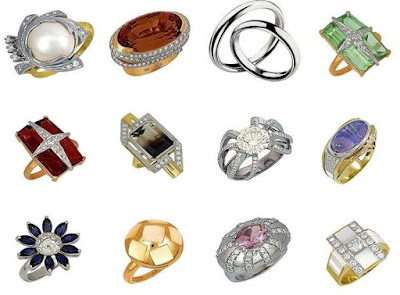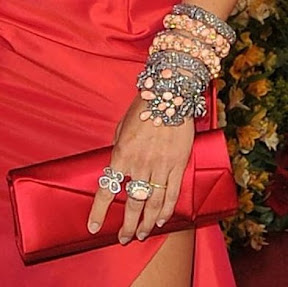
Para muitas pessoas comprar um carro usado pode ser mais vantajoso que a compra de um carro novo. Por exemplo: Um carro usado desvaloriza menos do que um novo em alguns casos. Vamos supor que você compre um Golf 1.6 com o básico mas um carro zero. Mas pelo mesmo valor você pode comprar uma BMW com uns 5 anos de uso pelo mesmo valor porem com todos opcionais que até o Golf mais completos não teriam, daqui um ano ou dois, provavelmente, o Golf terá uma desvalorização muito maior que a BMW.
Muitos preferem comprar um 0k pois não dará muitos problemas, porem não é o que se vê hoje em dia principalmente nos equipamentos eletrônicos.
A tarefa mais dura em comprar um carro usado, é justamente, encontrar este carro e dê preferência para revendas autorizadas ou de confiança. E quando encontrar preste atenção nos seguintes itens:
1. Examine o carro de dia, para ver se há bolhas (ferrugem), ou ondulações e amassados (batidas), se tiver à oportunidade leve o carro a uma oficina de pintura eles saberão se o carro já foi batido.
2. Teste o amortecedor balançando o carro. Se o veículo balançar diversas vezes, o amortecedor pode estar em más condições.
3. Examine o estado dos pneus. Desgastes irregulares nos pneus indicam problemas com a suspensão, alinhamento ou balanceamento das rodas.
4. Fique atento a respingos ou encerados na pintura. Eles podem ocultar defeitos.
5. Observe se a linha lateral do carro não tem ondulações: agache junto ao farol dianteiro e mire a perspectiva do carro.
6. Cheque o encaixe de portas, capô e porta-malas: possíveis folgas denunciam consertos malfeitos.
Parte interna: 1. Dê ao menos uma volta para ver se há ruídos com o carro em movimento.
2. Engate cada uma das marchas para ver se encaixam com facilidade.
3. Peça a avaliação de um mecânico de confiança. Ele possui conhecimento técnico suficiente para detectar qualquer problema.
4. Freie normalmente o carro. Se houver ruído metálico, é sinal de que as pastilhas estão gastas. Em um local plano e sem fluxo de carros, freie o veículo soltando as mãos da direção. Se o carro pender para um dos lados, há problemas no freio, suspensão ou os pneus não estão corretamente calibrados.
5. Verifique se as rodas estão balanceadas e alinhadas. Caso não estejam, haverá trepidação na direção ou o carro penderá para um dos lados.
6. Certifique-se de que o veículo tem todos os equipamentos de segurança obrigatórios.
Exija todos os documentos em ordem na hora da compra. Para transferir o veículo para o seu nome no Detran você precisará dos DOCUMENTOS PARA TRANSFERÊNCIA DE PROPRIEDADE:
1. Comprovantes do pagamento do IPVA atual (e de dois anos anteriores), do seguro obrigatório e de multas pendentes.
2. Certificado de Registro e Licenciamento do veículo.
3. Certificado de Transferência datado, preenchido e com firma reconhecida. 4. Cópias da Carteira de Identidade e do CPF.
5. Comprovante de residência.
6. Decalque do número do chassi do veículo.


 For certain, each girl knows what to try on simultaneously things of various colours — not always the favourable decision. Too this rule concerns any jewels.Products are badly combined with stones if colour of stones is badly combined with colour of clothes: turquoise does not need to be carried with blue or green things; rubies — with red etc.
For certain, each girl knows what to try on simultaneously things of various colours — not always the favourable decision. Too this rule concerns any jewels.Products are badly combined with stones if colour of stones is badly combined with colour of clothes: turquoise does not need to be carried with blue or green things; rubies — with red etc.































